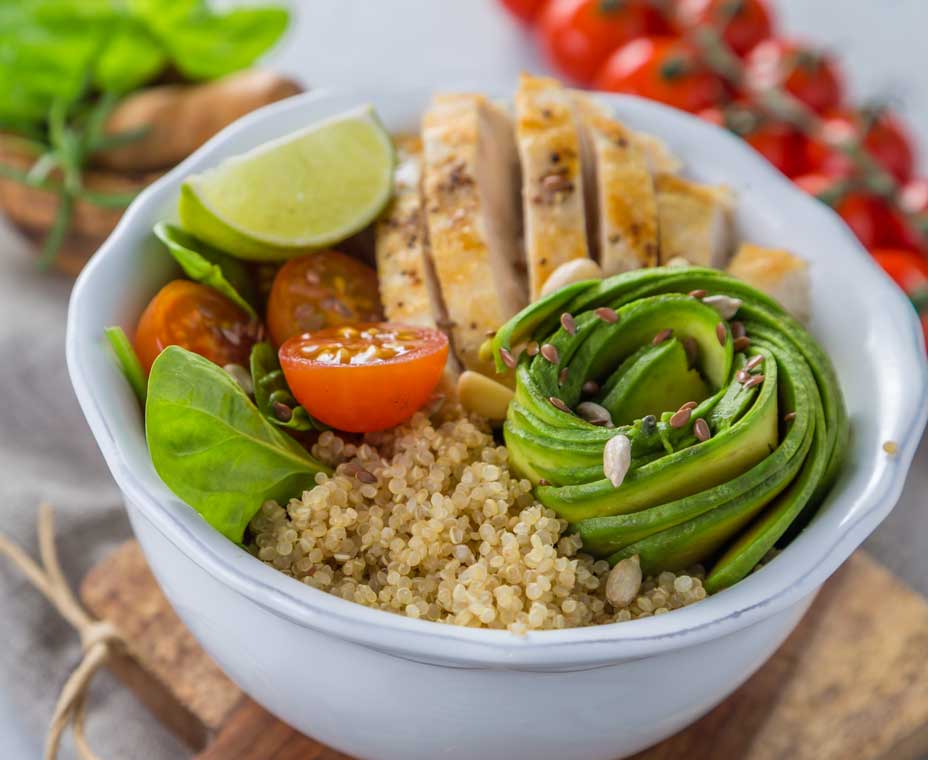By now, you’ve no doubt heard about the clean-label craze that’s swept the nation in recent years, a craze that continues to gain traction. Consumers have grown increasingly wary of heavily processed foods containing artificial flavors, colors, and preservatives.
With that wariness has come a vast wave of start-ups touting their products’ simple, wholesome, and natural ingredients. In some cases, those startups have taken substantial market share away from deeper-pocketed and much larger competitors, forcing many leading packaged-foods companies to reformulate their products.
Here’s the challenge: Technically, there are no clean labels. Or at least, there are no hard-and-fast standards or regulatory guidelines for what constitutes a label that’s “clean.” One person’s clean label might not make the cut with someone else whose standards are more stringent.
If, say, a package of almonds is roasted in organic canola oil, but no other ingredients are added, would you consider the resulting product to carry a clean label? Or would you say the addition of an oil renders the label “unclean”? Reasonable people can disagree.
While the definition of a clean-label product is subject to any number of interpretations, we know that in general, consumers who say they want such foods are looking for fewer ingredients, natural ingredients, fewer additives and preservatives, and products that are minimally processed. In other words, they want foods characterized by three principal qualities: simplicity, authenticity, and wholesomeness.
Simplicity
Let’s be clear about this much: Many products that might be considered to have clean labels aren’t necessarily healthy. Think about the world of ice cream. These products typically contain just milk, cream, sugar, egg yolks, and a natural flavor, but that doesn’t mean sitting down to a quart of the stuff is necessarily a healthful pastime.
What that exceedingly short and simple ingredient list does is telegraph a range of desirable characteristics to vigilant consumers: fresh, natural, basic, unadulterated, and so on. To the extent quick serves can source, say, condiments and sauces that contain just a small number (five to six is about the maximum) of high-quality ingredients, they can earn the bragging rights that go along with offering simpler and less-processed products.
The catch? Reformulating products to suit clean-label fans is often complex, costly, and hard to execute in the fast-food world. Chains will need to evaluate the costs and determine whether the opportunity to attract label-obsessed consumers justifies the investment.
Authenticity
Pasteurization was the miracle food technology of the 19th century. Heating foods to kill bacteria was a breakthrough that is estimated to have saved millions of lives. This, needless to say, was a very, very good thing. But among clean-label advocates, the process is often spurned for what some believe is a negative impact on products’ taste and texture.
For some consumers, high-pressure processing (HPP) is a far better bet for ensuring food safety without the attendant flavor impact. The FDA describes HPP as the process by which liquid and solid foods, with or without packaging, are subjected to pressures between 100 and 800 megapascals, or MPa. “Foods subjected to HPP treatment at or near room temperature will not undergo significant chemical transformations due to the pressure treatment itself,” the FDA states.
For chains that want to court consumers eager to sidestep the perceived downsides of traditional pasteurization, working with suppliers that employ HPP alternatives could be a solid solution.
Wholesomeness
This is the hardest of the clean-label signature characteristics to describe succinctly, but it also could be the most potent of the three.
“Wholesomeness” is an elusive quality, generally applied to foods that are unprocessed or minimally processed, with premium ingredients that are manipulated as little as possible. Essential to the whole equation are visual cues that signal quality: a turkey sandwich with slices of meat that appear to have been carved straight off the bird, for example; a quinoa and vegetable bowl in which all the various elements are presented in a way that highlights their freshness and color; or a cobbler with real slices of fresh peach. The idea is to gain consumers’ trust that their food is of exceptionally high quality, and has passed through relatively few hands before reaching the dinner table.
Again, the challenge here is execution; sourcing ingredients that read as “wholesome” can be expensive and potentially difficult from a logistical perspective. Ironically, the very best way to preserve most food is through freezing, and the second-best way is by canning—and of course, neither frozen nor canned ingredients are likely to be associated with wholesomeness or authenticity by the very people who care about clean-label ingredients.
But the clean-label movement isn’t really about science—it’s about feeling and emotion. Some foods just “feel” purer, more authentic, and more wholesome than others. It’s worth bearing this subjective element in mind as you and your peers work to formulate new products.
This story originally appeared in QSR’s April 2017 issue with the title “Clean Plate Club.”











